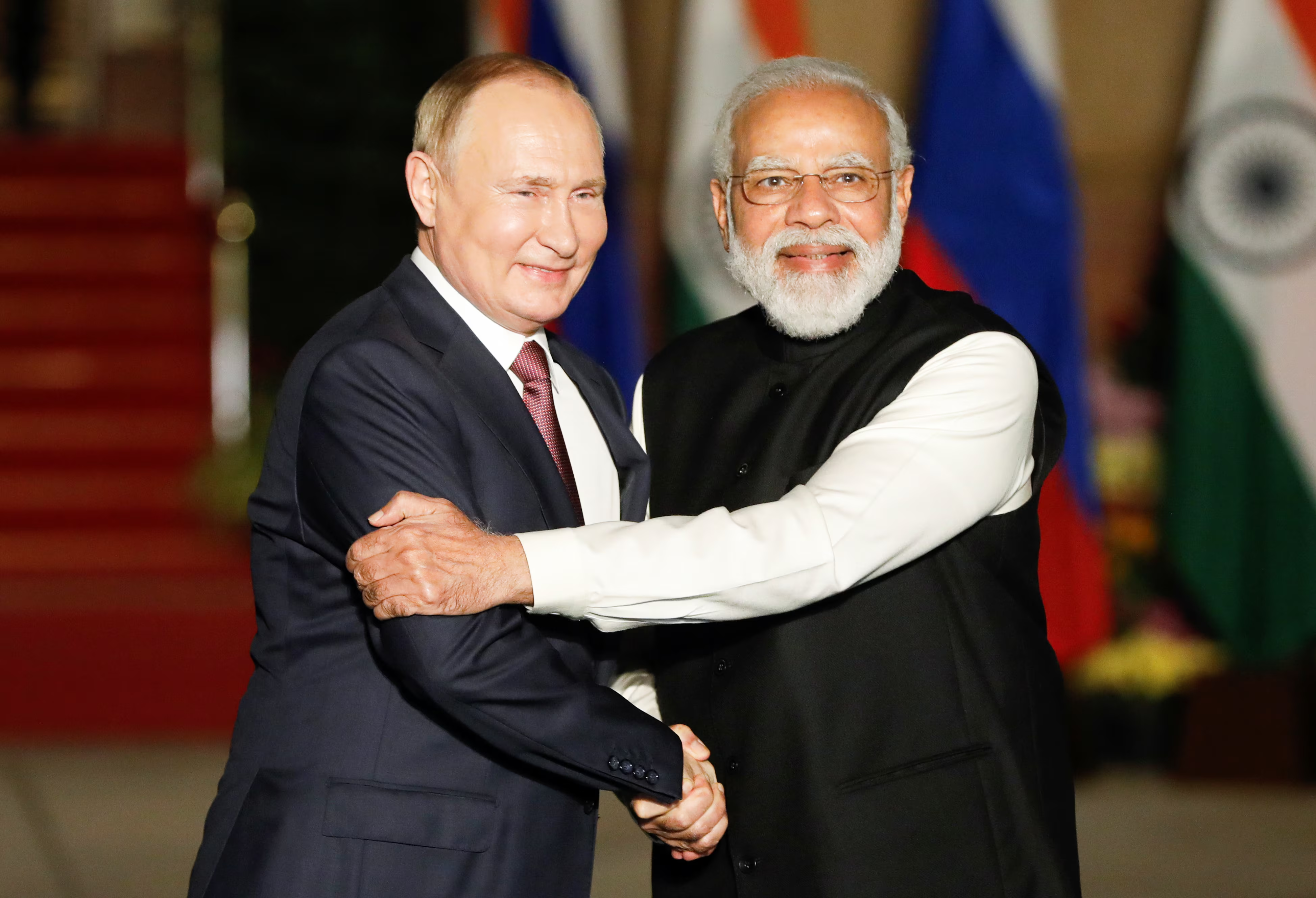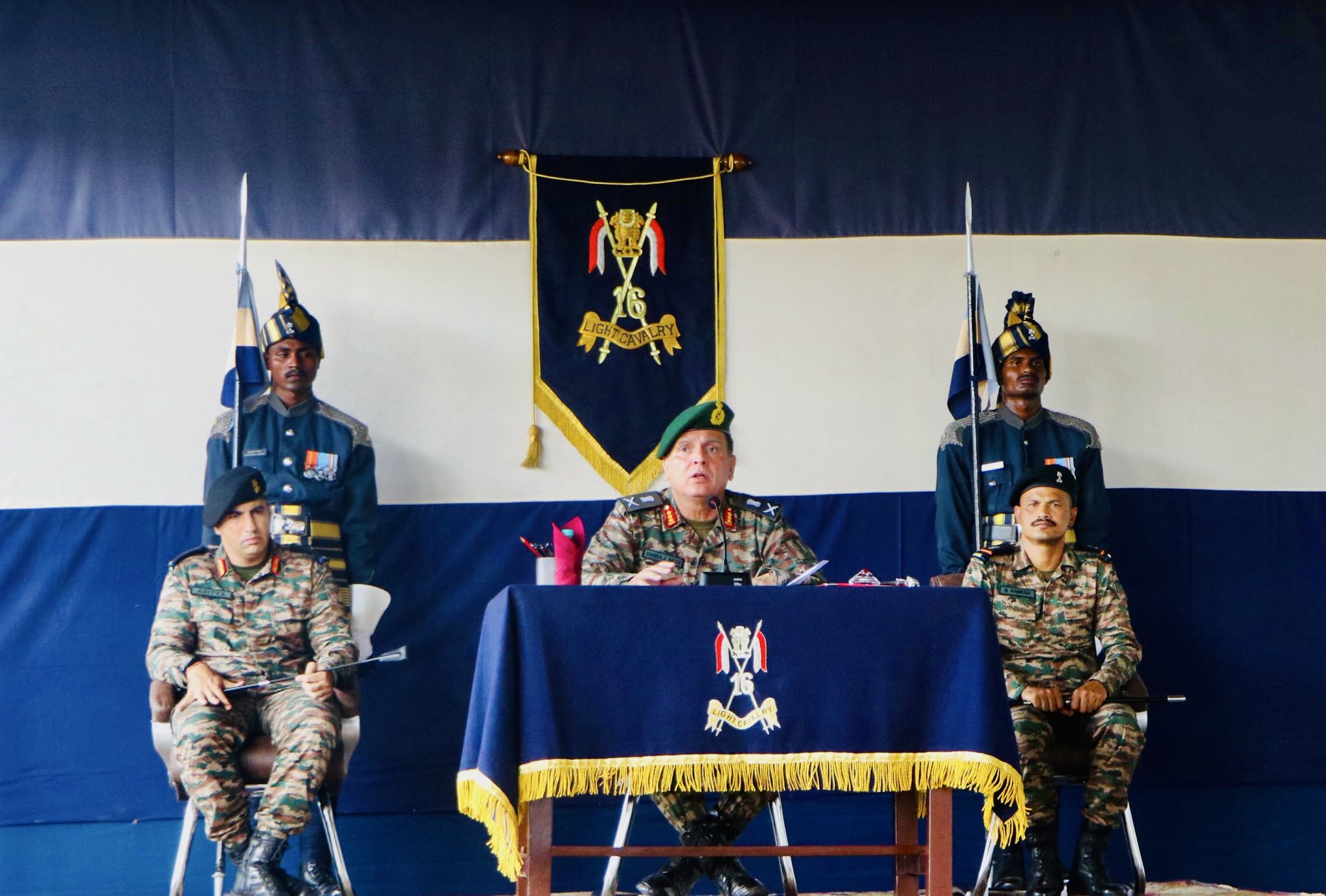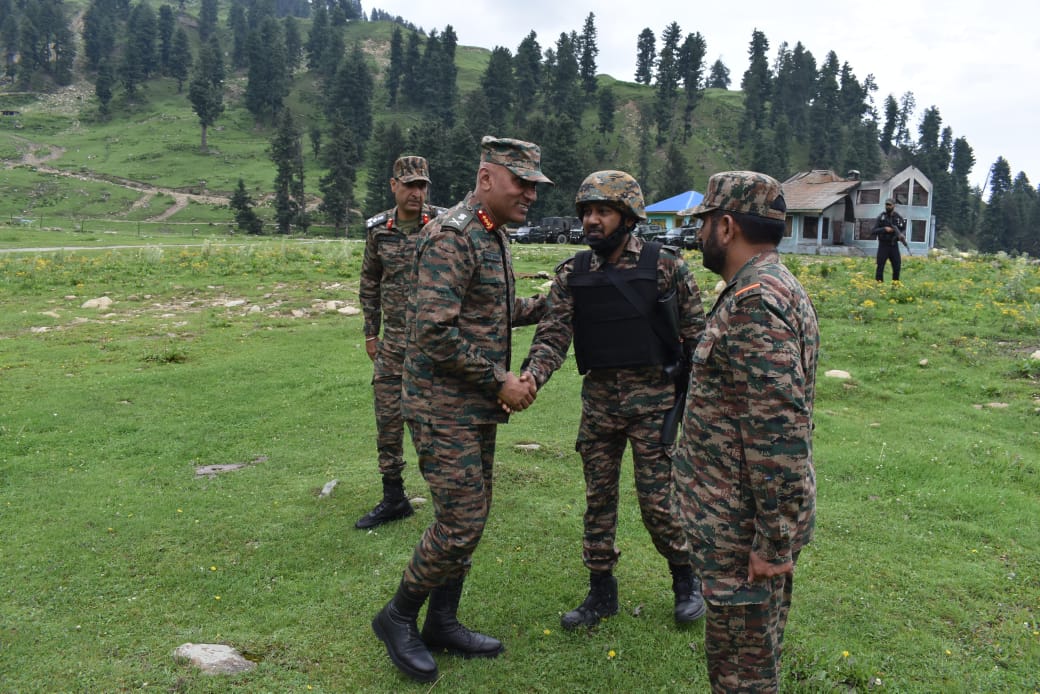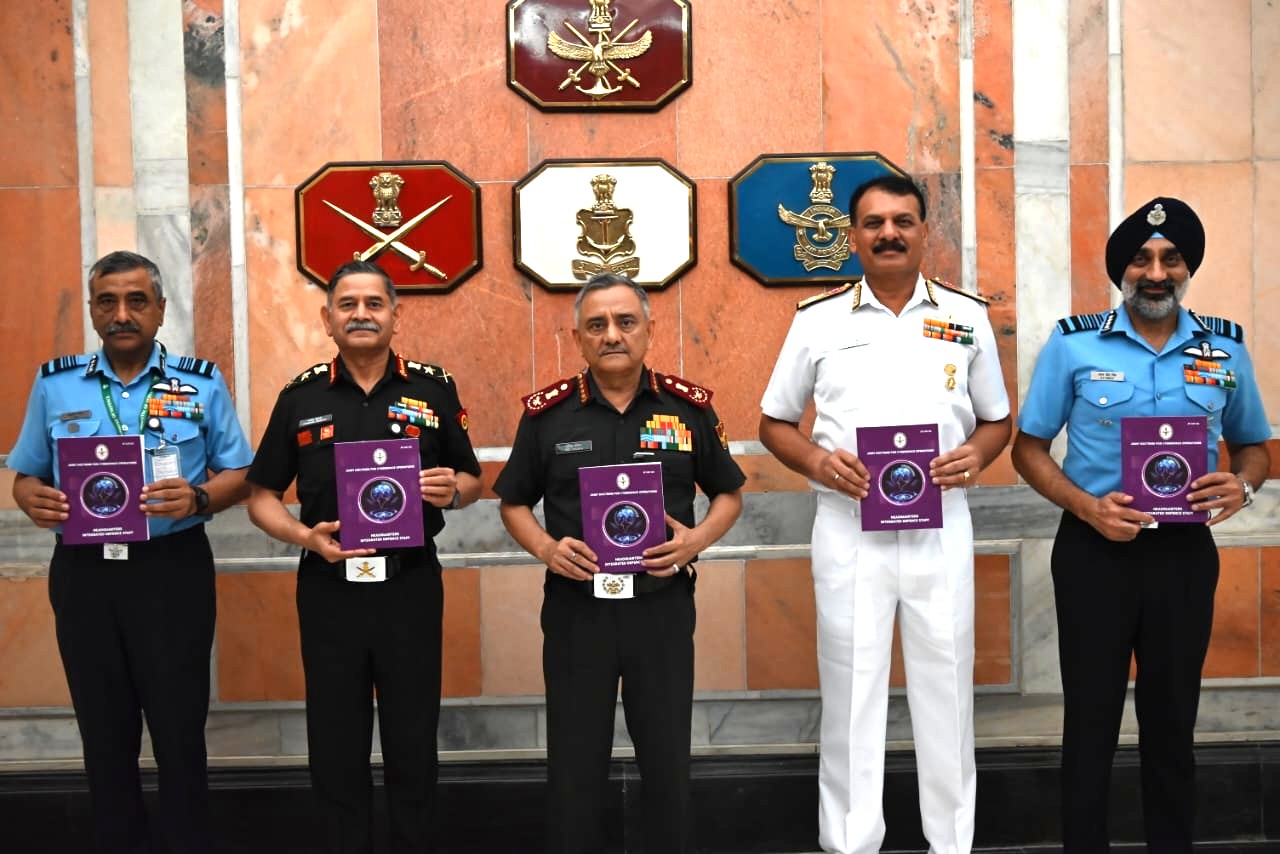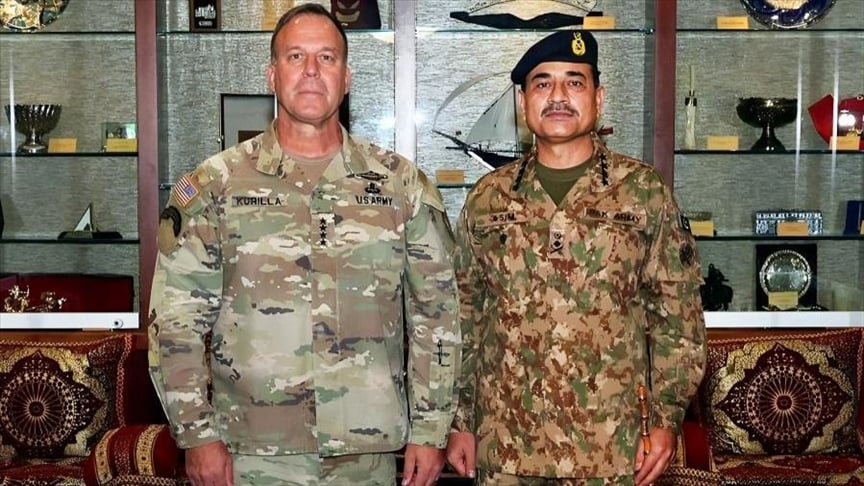NSA Ajit Doval Confirms Putin’s Visit Later This Year Amid Trump Tariff Spat
Russian President Vladimir Putin will visit India later this year, with final dates currently being worked out. The confirmation came…
Lt Gen Dhiraj Seth Visits 16th Cavalry, Praises Legacy and Innovation
Lt Gen Dhiraj Seth, PVSM, AVSM, General Officer Commanding-in-Chief of the Southern Command, paid a special visit to the historic…
Lt Gen Pratik Sharma Reviews Counter-Terrorism Operations in South Kashmir Amid Ongoing Encounter
In a critical show of leadership and operational oversight, Lieutenant General Pratik Sharma, General Officer Commanding-in-Chief of the Northern Command,…
General Anil Chauhan Unveils Groundbreaking Joint Doctrines for Cyberspace and Amphibious Operations
In a landmark move to enhance national security and integrated warfighting capabilities, Chief of Defence Staff General Anil Chauhan, along…
Russia Seeks Trump Meeting Amid Ukraine Peace Push, White House Confirms
The White House has confirmed that Russia has requested a meeting between President Vladimir Putin and US President Donald Trump,…
Pakistan Army Chief Asim Munir to Visit US Again for CENTCOM Change of Command
Pakistan’s Army Chief, Field Marshal Asim Munir, will travel to the United States later this week to attend the CENTCOM…

